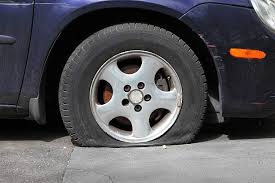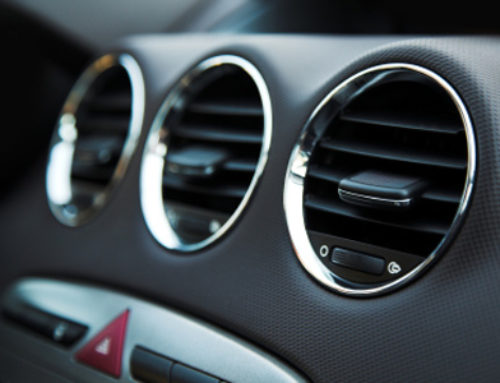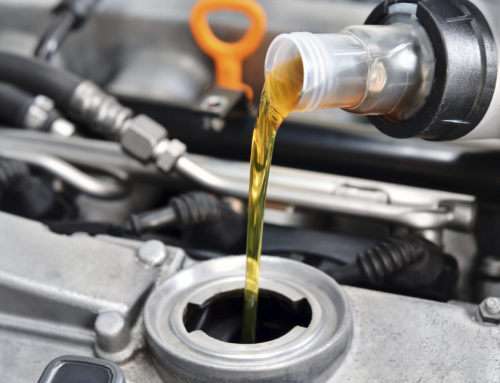When to Plug a Tire and When Not To
Let’s use the most common scenario of tire damage as an example of when to plug a tire and when not to. Getting a nail or screw through the tread area remains the most common type of damage. It makes sense because this area contacts the road.
This remains the strongest and thickest area. In most cases the tread area measures five times thicker than the sidewall of that same tire. Therefore, if the nail goes through the center tread this makes a perfect candidate for tire repair.
If the damage shifts out towards the edge or what we call the shoulder then we don’t recommend repair. Mechanics say this, because the shoulder area of the tire flexes and reduces the reliability of a plug or patch. Finally, any damage in the sidewall should never be repaired.
Even nicks and bubbles in the sidewall point to a tire that needs replacing. Now we can get back to the question of when to plug the tire. Plugging a tire makes great sense when the damage occurs in the tread contact area.
It even makes more sense than an inside patch if it’s worn past 50 percent. A tire plug when properly installed remains a temporary solution.
This even applies to the latest self vulcanizing plugs installed by a technician who knows what they’re doing. We say temporary, because the plug continues to harden and starts to leak within a year or two. This is why tire professionals recommend an inside patch on automobiles with a lot of tread remaining.
Original Post By Gittelman Mark in






